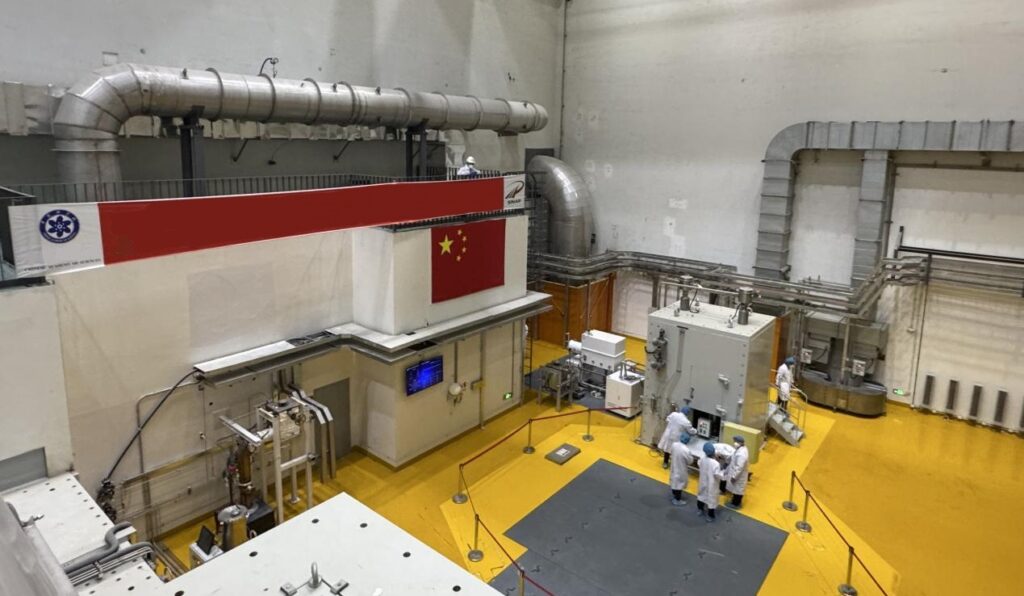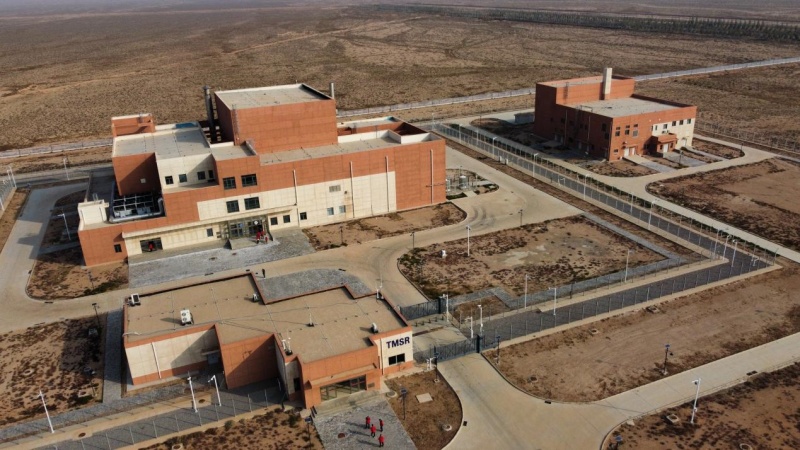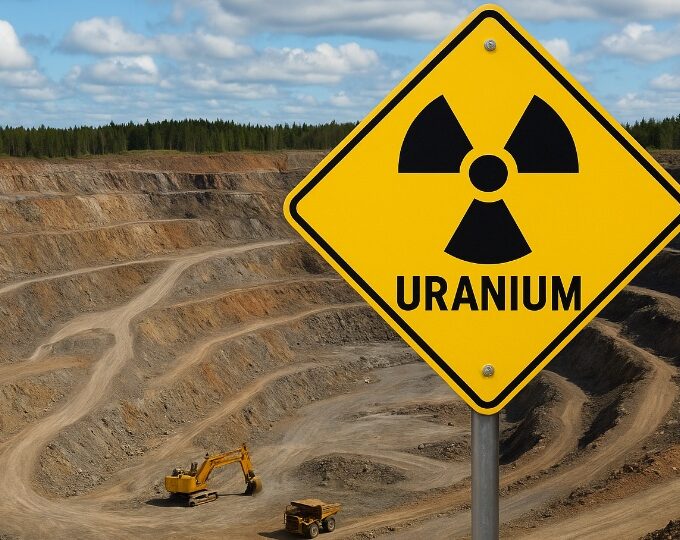On November 1, 2025, it was learned from the Chinese Academy of Sciences that the 2-megawatt liquid-fuel thorium-based molten salt experimental reactor located in Gansu has successfully achieved thorium-uranium nuclear fuel conversion for the first time. It is also the first in the world to obtain experimental data after thorium is put into operation in a molten salt reactor, making it the only operating molten salt reactor (MSR) globally that has realized thorium fuel loading. This landmark breakthrough provides core technical support and a feasible plan for China’s large-scale development and utilization of thorium resources and the development of fourth-generation advanced nuclear energy systems in the future.
Most conventional nuclear power plants are built along the coast, mainly because they require large amounts of water to cool the reactor core. In contrast, the thorium-based molten salt reactor uses thorium as nuclear fuel and circulates molten fluoride salt internally. The high-temperature molten salt can not only serve as a carrier for nuclear fuel but also as a coolant to transfer heat efficiently without the need for water. In the future, it is expected to enable the construction of safe and efficient nuclear power plants in inland areas, a key highlight of the latest energy news in the global low-carbon transition.

Since first reaching criticality on October 11, 2023, the thorium-based molten salt reactor has continuously generated heat through nuclear fission. Unlike conventional pressurized water reactors that require regular shutdowns for fuel replacement, the thorium-based molten salt reactor adopts a liquid fuel form. Nuclear fuel is uniformly dissolved in the molten salt coolant and circulates with it, allowing fuel replenishment without shutting down the reactor. This design not only improves fuel utilization but also significantly reduces the production of radioactive nuclear waste.
As a typical type of fourth-generation advanced reactor, the thorium-based molten salt reactor has advantages such as inherent safety, water-free cooling, atmospheric pressure operation, and high-temperature output. It can operate under atmospheric pressure without the need for high-pressure vessels, fundamentally eliminating the risk of explosion. At the same time, the molten salt itself has a good containment effect on radioactive nuclides. The reactor is built underground and equipped with a complete shielding system. Even in the extreme case of leakage, the molten salt will flow into specialized safety facilities and solidify quickly as the temperature drops, controlling the risk effectively.
Currently, the prototype of the industrial chain related to thorium-based molten salt reactor technology has basically taken shape in China. Nearly a hundred scientific research institutions have participated in tackling a series of technical challenges. The key core equipment of the experimental reactor is 100% domestically produced, and the supply chain is independently controllable. The Shanghai Institute of Applied Physics will aim to build a 100-megawatt thorium-based molten salt reactor demonstration project and realize its demonstration application by 2035, accelerating technological iteration and engineering transformation to provide a safe and reliable new path for thorium-based energy power generation in the country.










